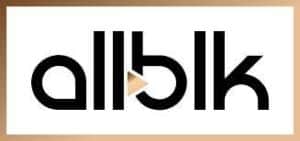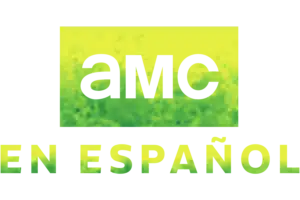Another critical aspect of your ability to receive free Over-the-Air TV is your home’s surroundings. Since local television stations broadcast their programs in the form of radio wave signals, it’s easy to understand how the least amount of obstructions and distance between your HDTV antenna and the broadcast towers, the better OTA HDTV reception you’ll achieve. This concept is known as line-of-sight.
*** See an updated version of this post ***


(Thanks to www.wsls.com for the graphics.)
Obstructions between your OTA HDTV antenna and the broadcast tower can lead you to have poor line-of-sight, or no line of sight. This may impact the number of channels you’re able to receive via an Over-the-Air HDTV antenna.
Some examples of obstructions for line-of-sight Over-The-Air TV reception are:
- Concrete and rebar walls – Just like you don’t get cell phone signals in basement parking garages, concrete and rebar construction can block OTA HDTV signals. So if you live in the shadow of an office tower, a basement apartment or a WWII bunker, you might be out of luck.
- Trees – If you’re lucky enough to have a house surrounded by 100-foot century old redwoods, or just a handful of really big maples, this can also negatively impact your reception.
- Mountains & valleys – If the broadcast antenna is on one side of a massive geographic feature like a mountain and you’re on the other, it’s going to be difficult to get a good signal.
- Power Lines – Something that may not appear to be an obstruction but can have a significant impact are power lines. If you have a power line leading to your house or high tension lines in your backyard, these can reflect signals from broadcast towers, decreasing your antenna’s capacity to clearly ‘see’ the signals.
To a lesser and far more variable degree, weather including severe fog, wind and snow can sometimes affect your HDTV signal causing breakups or pixelation.
On the other hand, some geographic features can actually improve the Over-The-Air signal quality and range enabling you to receive stations from broadcast towers that would normally seem too far out of range. For example, flat bodies of water like lakes provide near perfect signal transmission conditions.
The important thing is to be as informed and honest with yourself as possible when it comes to evaluating how your specific location will work for receiving and enjoying OTA HDTV. Cutting the cord is a wonderful and liberating thing, but having your TV viewing pleasure limited by your location can be even more frustrating than that monthly cable bill. Inform yourself and choose what works best for you.
Next up, we’re going to talk about where to place your antenna within your home for the best OTA HDTV signal reception. Stay tuned!

















































































